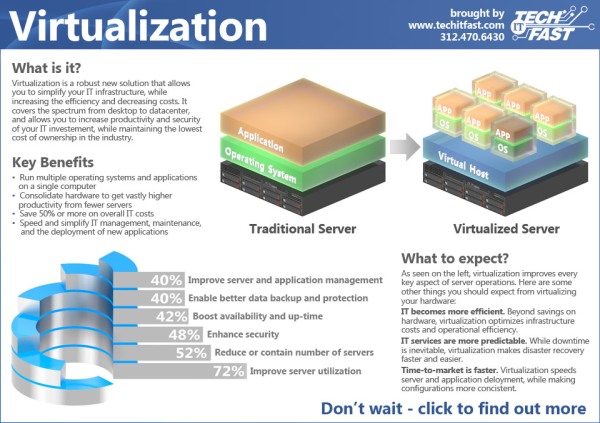As someone who owns or manages a business, we all know, at times situations can be tiresome and very complex. Many different business owners have came to a point, wondering if their server infrastructure is getting old and outdated.
Has your equipment been operating at its highest efficiency and now reaching the end of its lifespan? You’re at a point that so many other business owners/managers are facing. The option of, replacing their old server with new equipment or do you transition over to a cloud environment.
With all the buzz and talk towards opting out of an in-house server and going with the cloud approach. It’s hard to figure out what would be best for your business. The options are endless, and the cost for both setups, vary on a wide scale. So what do you do? Do you replace that old server with a new host, or migrate towards a cloud environment?
Let’s take a look at a variety of features a cloud-based server can offer over having your own in-house equipment. Current tech savvy professionals and a few articles state, moving to a cloud environment saves money, in addition to reducing overhead cost. This is used as a primary reason to entice companies to switch to the cloud, though in reality it’s just a major incentive. Large cloud providers are able to offer more computing power for a lower cost; leading to the value of doing more with less.
With cloud computing you have the ability to pay for what’s being used and not feel pushed ––(theoretically) to pay for unused services. This is great, for retail industries that need to fluctuate their network load demands for peak and non-peak seasons. Nobody wants to pay for something that’s unnecessary or paying for something twice.
Purchasing equipment is a particular headache of a owner/manager, making decisions about a server’s life expectancy and compatibility. The great thing with cloud providers, your company is always working with modern and efficient equipment. This alleviates the, difficult decisions of which network equipment to purchase. Lastly, maintaining software is another issue faced by the IT department. Studies have shown that a large part of an IT employees’ days are spent to achieve this mundane task, leaving very little time for any strategic planning.
In short if you’re a startup, small company, a company that is virtual or a company that has employees located around the world a cloud-based infrastructure is the right move. Completely eliminating the aspect of unforeseen cost that can occur in the future, which will lead to additional unnecessary expenses.
What if you’re a company that doesn’t have a network that fluctuates in demand as much. Maybe you have a company that provides landscaping services, a shipping company, a specialized service provider, the list can go on. Suppose you have maybe 20 users within your business who require network access. Lets say you are satisfied with your existing applications, switching to a cloud could have an effect on existing applications from working effectively. You don’t employ a full/part time IT guy, but have a service contract with a reliable local IT firm.
Today’s technology has come a long way to allow you and your company to utilize the vast amount of trending options. Companies that opt into keeping or starting off with a in-house servers for their company becoming cheaper every year; along with new applications. Quite a few companies ranging from 2-75 users still use in-house servers and can see better cost savings and applications performance , than with the cloud.
What are some options when having an in-house server? Follow up with us for our next post, which will outline the effectiveness of in-house servers and virtualization.
Update: 5/29/2013 Take a look at another one of our blogs “What is the cloud”
Tech IT Fast, Inc. “Customer Satisfaction is our Promise, Quality Service is our Guarantee”

Network Virtualization

